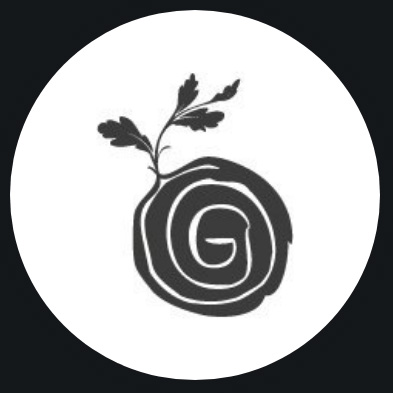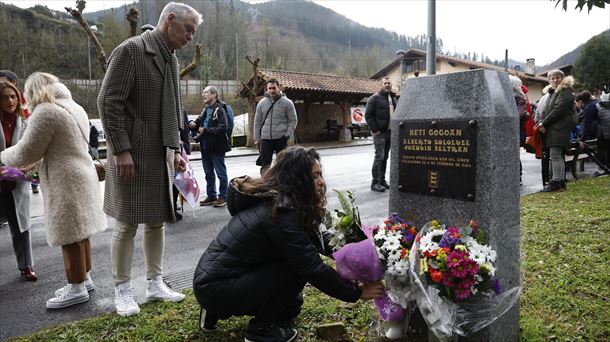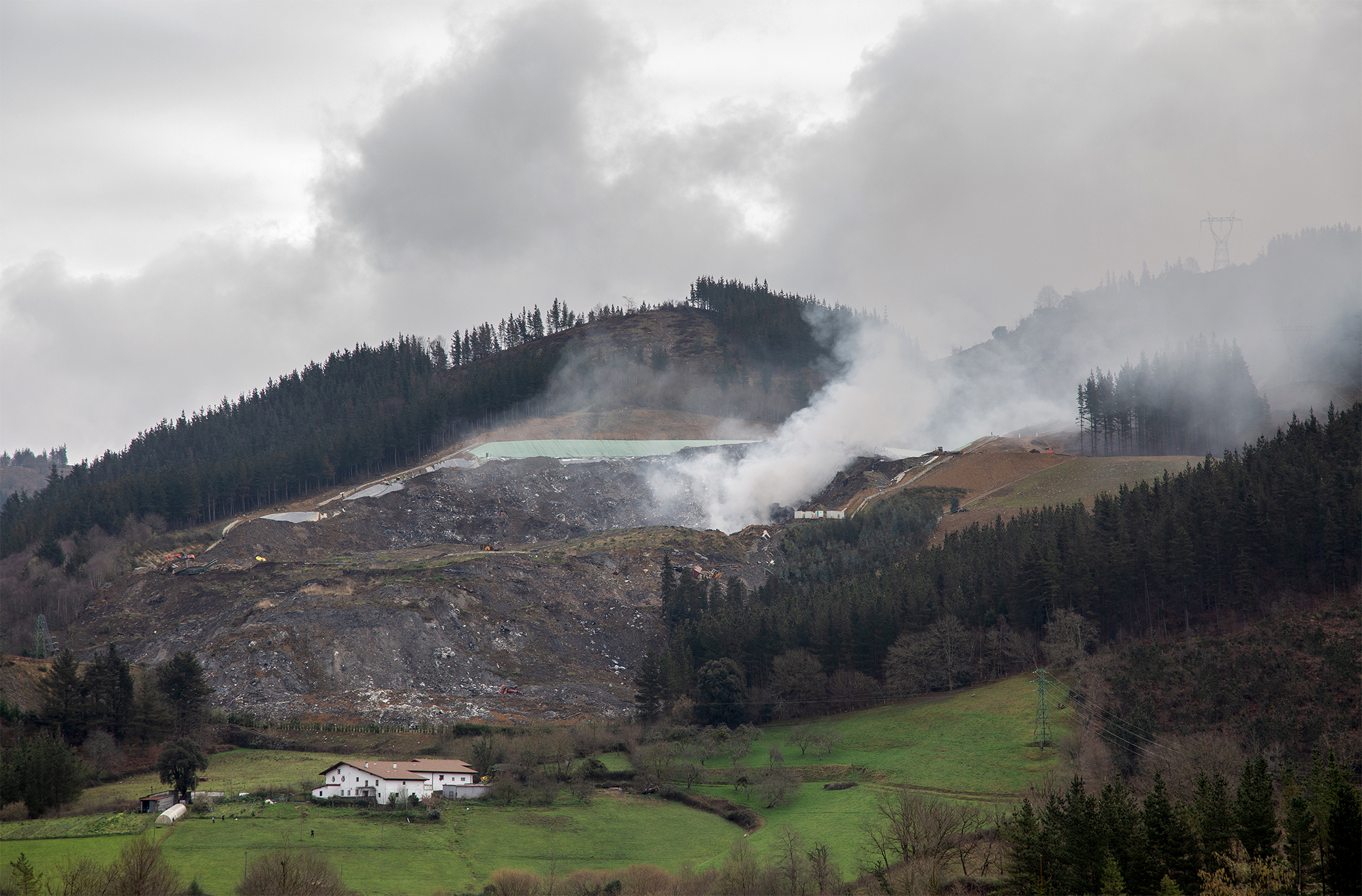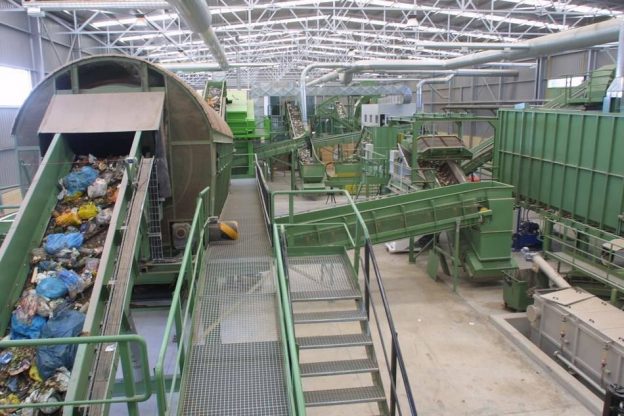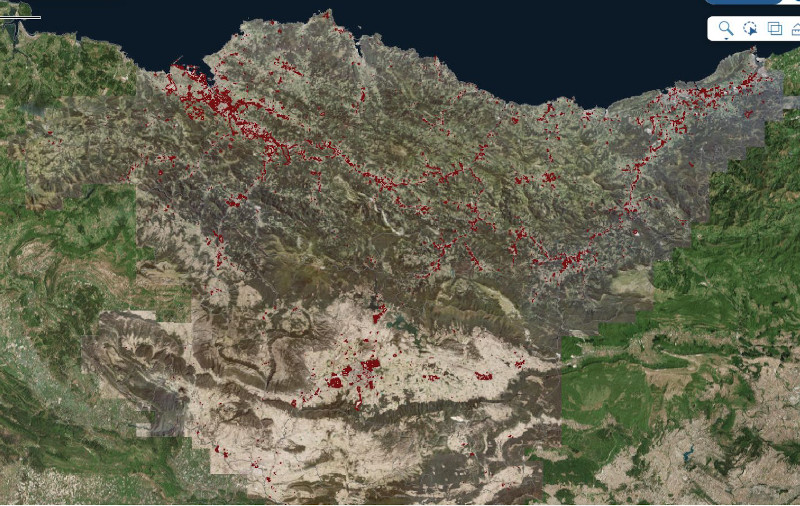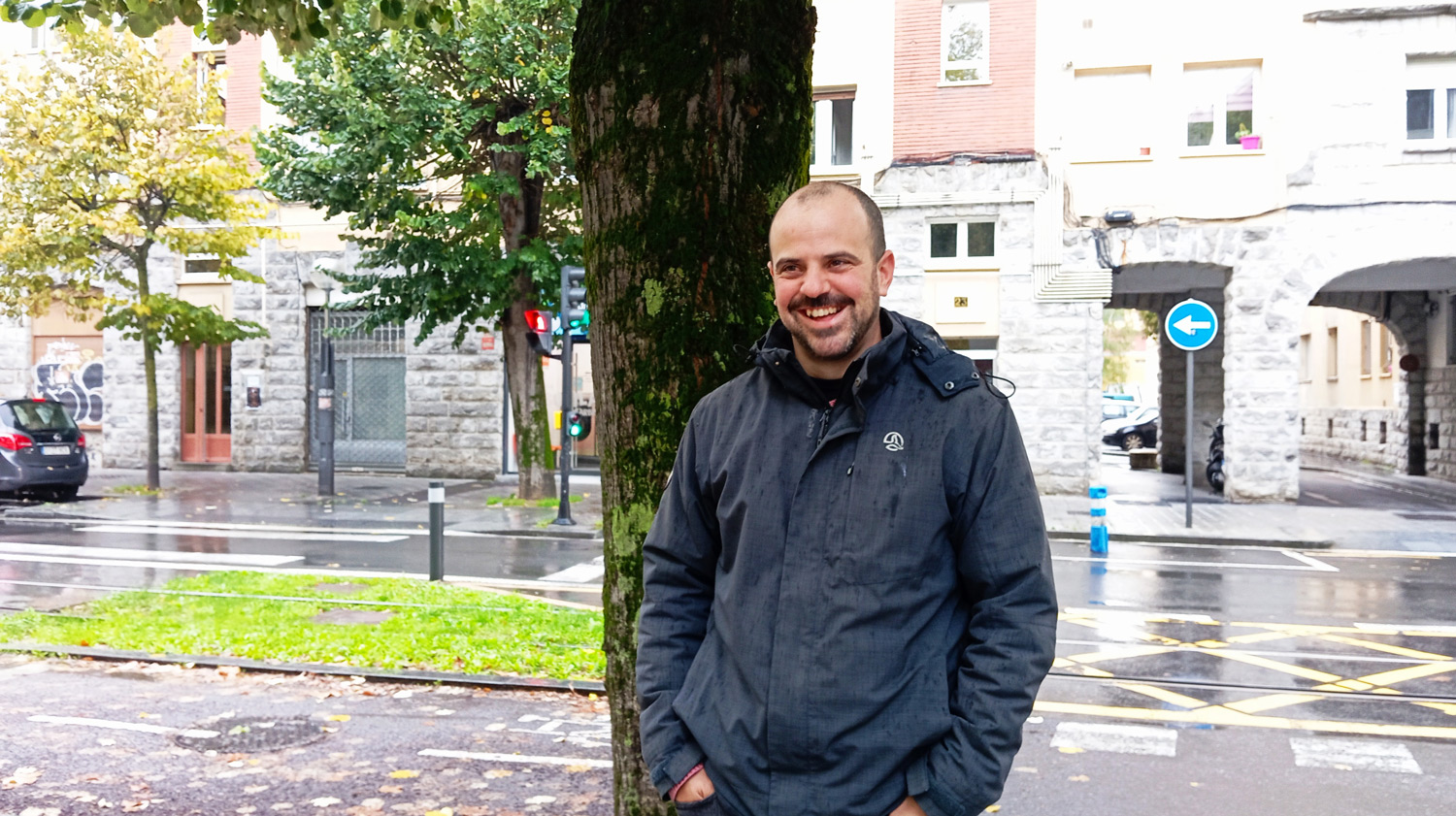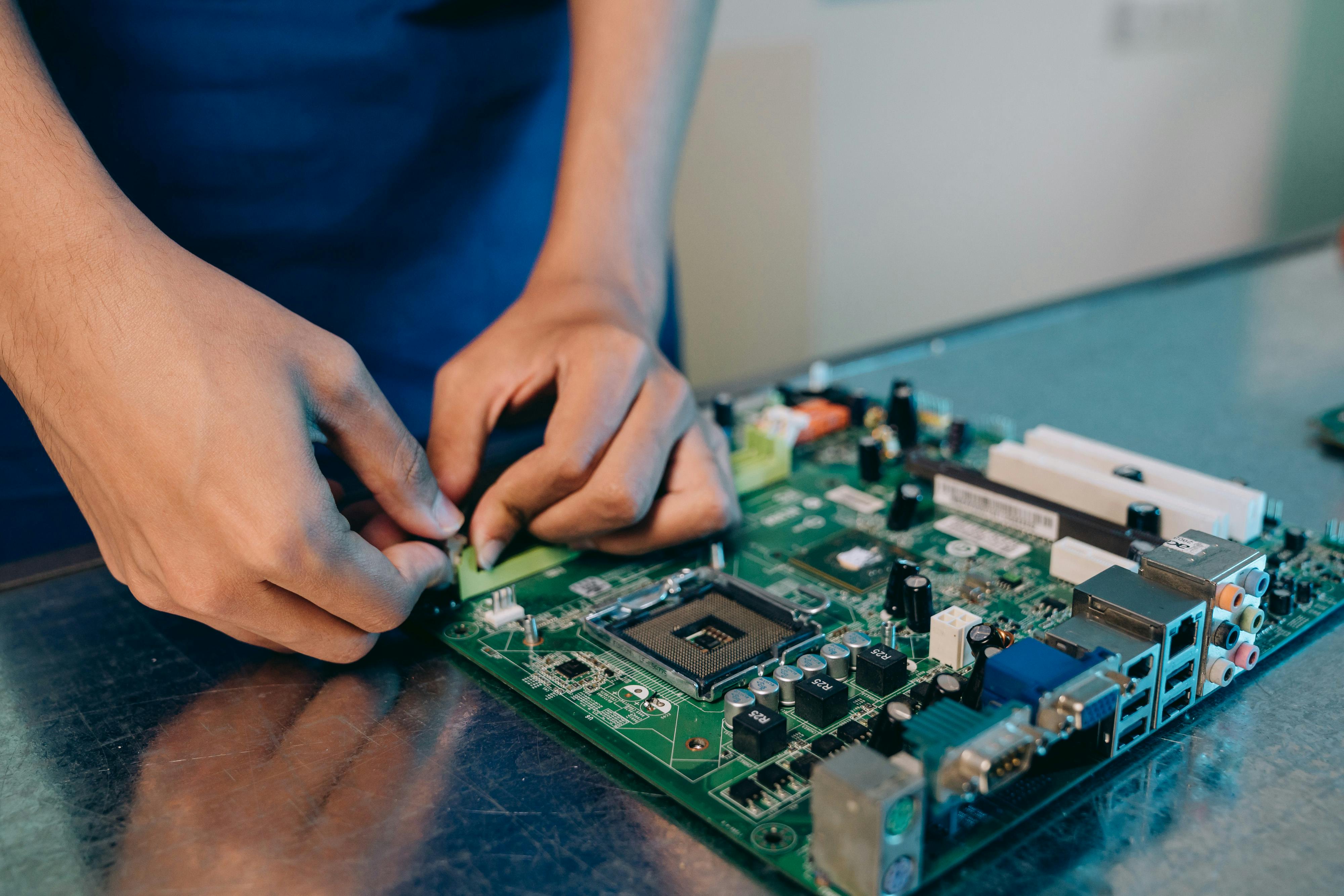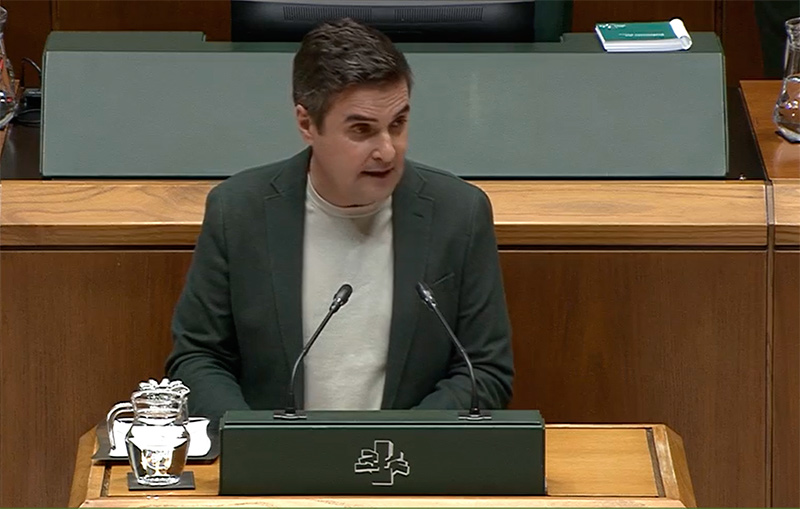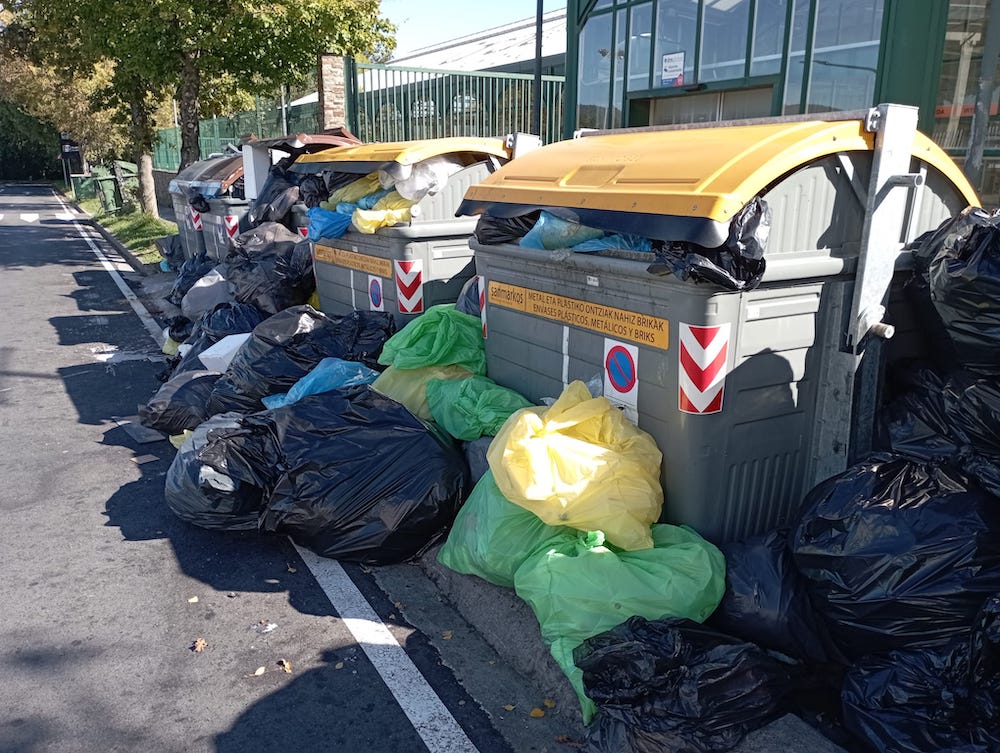Sakana Commonwealth distributes 113 tonnes of compost
- Until November, 757 households have gone to search for compost to the Arbizu landfill. The study carried out by the Public University of Navarra confirms the quality of the compost obtained in the region of Sakana.

The Sakana Commonwealth has the possibility of moving the compost home to all those who pass through the Arbizu landfill. On working days, between 08:00 and 15:00 hours, you can pass through the office and deliver up to 250 kilos once the notification has been made. The compost can be mixed with the land of the orchard and improve its quality or use it as a fertilizer. So far this year, there are already 757 houses that have used this option and Mank has distributed a total of 113,340 kilos of compost between November.
Mank has passed quality controls every year to the compost it generates, thus ensuring its good quality. The examination carried out this year by the Public University of Navarra (UPNA) has been added to them. And the result has been ratified by Ignacio Irigoien Iriarte, research professor of plant production in agronomy, biotechnology and food. In particular, it has analyzed and valued the quality and characteristics of Mank's compost.
The UPNA research was carried out in the greenhouses, with lettuce and broccoli. Result: “We have seen that the addition of compost in these two crops makes plants grow better and better. When the pots were filled with compost, the best results have been obtained.” Irigoien pointed out that “the results of the research carried out clearly indicate that Sakana’s compost is entirely good and that it can be used smoothly in agriculture. That's why we encourage you to use it. However, we recommend that it be mixed with the land on the seedlings, as this fertilizer is too harsh for the new-born plants.”
model of ravine
Irigoien pointed out that land resources are limited and that is why the European Union has adopted a directive to boost the circular economy. “On the one hand, devices and their components should extend the life of inorganic people, making shared use, repairing them for reuse when they are broken and, finally, separating them to recycle their materials when they are irreparable. As for organic matter, once food and other organic substances are consumed, we must return them to earth in the most appropriate way possible.”
According to the UPNA professor, “Mank has been a pioneer in the development of the circular economy in Navarra. Thanks to the great work he has done in recent years, today he achieves the best results in terms of waste management in Navarra. 54% of the household waste generated in the Sakana is recovered and the remaining 46% ends in the landfill.” Irigoien added that Ibarra has reached the level of recovery of materials currently required by Europe by 2025. “The main key to this success is the separation of food and plant waste produced in most of Sakana’s kitchens and gardens. When the bioresidue is managed separately, the fertiliser is easily converted into compost.” Currently, there are three ways to compost in the Sakana: the one that is done at home, the one that is done through the neighborhood compostors or the one that is done in landfill with the collection of the 5 container of Altsasu.
This news was published by Guaix and we brought it to ARGIA thanks to the CC-by-sa license.
Lehengai anitzekin papera egitea dute urteroko erronka Tolosako Lanbide Heziketako Institutuko kimika industrialeko ikasleek: platano azalekin, orburuekin, lastoarekin, iratzearekin nahiz bakero zaharrekin egin dituzte probak azken urteotan. Aurtengoan, pilota eskoletan kiloka... [+]
The City Hall of Donostia-San Sebastián announced at last Thursday’s plenary session that it will increase the waste rate by 26.5% from January 2025, claiming that Waste Law 7/2022 obliges this. Eguzki, for its part, has denounced that the law only applies in terms of costs,... [+]
August is the holiday month for many people, including those who rule. And yet it is common to take advantage of the month of August to deal with some issues without much noise, albeit of great importance.
This is what is happening with the project to centralize sludge... [+]



